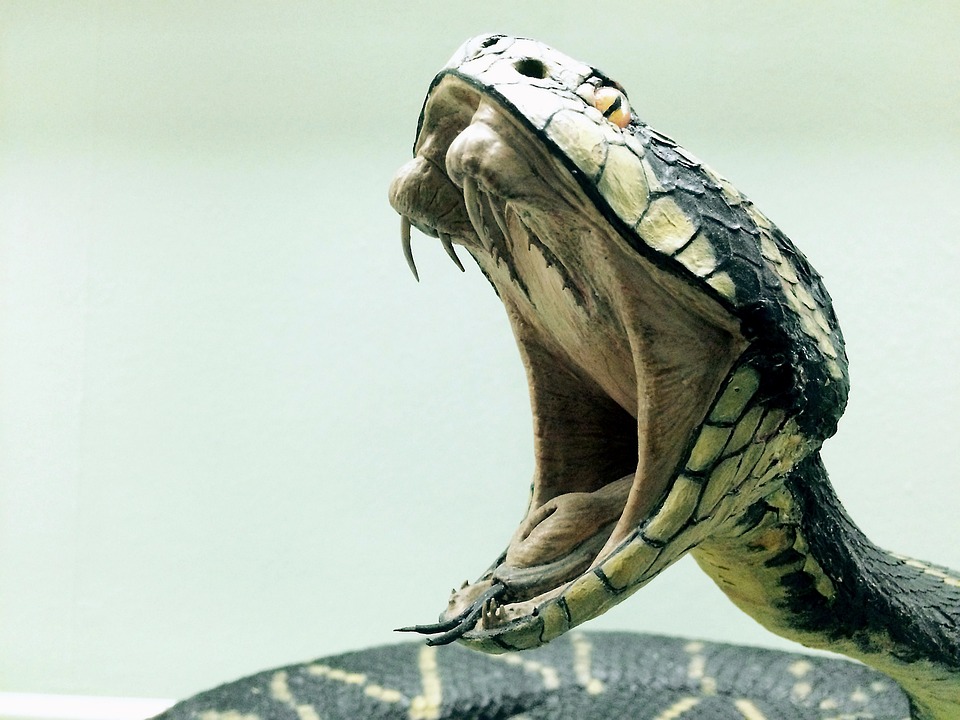An overshadowed danger in our environment is poisonous shadows. While their existence may seem improbable, poisonous shadows present potential harm to people and animals who encounter them. This article aims to explore the characteristics, effects, and mitigation strategies surrounding these harmful shadows.
Defining Poisonous Shadows
Poisonous shadows, although intangible, contain harmful properties that affect any living being in its vicinity. Formed from various factors such as environmental contamination, chemical exposure, and supernatural phenomena, these shadows possess toxic qualities that can trigger severe consequences in humans, animals, and plants.
Effects of Poisonous Shadows on Living Creatures
Exposure to poisonous shadows has been linked to various negative health consequences in living organisms. The following provides an overview of the potential detrimental effects:
- Human Health: Exposure to poisonous shadows can lead to respiratory problems, skin irritation, headaches, and even long-term illnesses like cancer and birth defects. Additionally, people with weakened immune systems may be more susceptible to the harmful effects of poisonous shadows.
- Animal Life: Animals exposed to poisonous shadows may experience similar health effects as humans. Moreover, these toxic effects can weaken their reproductive capacity and compromise their ability to protect themselves from predators or other threats.
- Plant Life: Poisonous shadows can also have adverse effects on plant life, causing stunted growth, discoloration, and decreased ability to photosynthesize. Prolonged exposure may eventually lead to plant death, which can disrupt entire ecosystems.
Detection and Prevention Methods
Being able to detect and avoid poisonous shadows is crucial in preventing negative health outcomes. Here are some possible detection and prevention methods:
- Sensory Indicators: Although it is challenging to visually differentiate a poisonous shadow from a regular one, certain conditions may raise suspicion. Foul odors or unnatural colors near the shadow could indicate its toxic nature.
- Environmental Testing: To confirm the presence of poisonous shadows, professionals can test for toxic substances in the air, soil, and water nearby. If harmful substances are identified, preventive measures can be taken.
- Physical Barriers: Installing physical barriers that prevent the formation and spread of poisonous shadows can potentially protect living beings in the area. Examples include the use of curtains, blinds, and shade cloths.
- Educational Campaigns: Raising awareness about the dangers of poisonous shadows is vital for ensuring that people take appropriate precautions. Schools, workplaces, and community centers should provide information and resources to keep the public informed.
Conclusion
While poisonous shadows may not be a common topic of discussion, they pose significant harm to humans, animals, and plants alike. By understanding their potential effects, detection methods, and prevention strategies, we can reduce the risk of exposure and protect ourselves and our environment from these hidden dangers.
Frequently Asked Questions (FAQ)
- Are poisonous shadows a common occurrence?
Though they are not frequently discussed, poisonous shadows can occur in various environments affected by pollution or contamination, making it essential to remain vigilant and informed.
- Is it possible to eliminate poisonous shadows completely?
While it is challenging to eradicate poisonous shadows entirely, taking preventive measures such as installing physical barriers and conducting regular environmental testing can help manage their impact on our health and the environment.
- How can I reduce my risk of exposure to poisonous shadows?
Staying informed and taking precautions like utilizing physical barriers, practicing proper hygiene, and avoiding suspicious-looking areas can help reduce the risk of exposure to poisonous shadows.

No responses yet